Rising Demand for Food Security
The Smart Agriculture Solution Market is significantly influenced by the rising demand for food security. As the global population continues to expand, the pressure on agricultural systems intensifies. Farmers are compelled to adopt smart agriculture solutions to enhance productivity and ensure sustainable food production. Reports indicate that by 2050, food production must increase by approximately 70% to meet the needs of the growing population. Consequently, smart agriculture technologies, which facilitate precision farming and resource management, are becoming essential. This trend is likely to drive investments in the Smart Agriculture Solution Market, as stakeholders seek to implement innovative practices that can secure food supply chains.
Government Initiatives and Support
Government initiatives play a pivotal role in shaping the Smart Agriculture Solution Market. Various governments are recognizing the importance of modernizing agriculture to improve efficiency and sustainability. Initiatives such as subsidies for smart farming technologies and funding for research and development are becoming increasingly common. For example, several countries have launched programs aimed at promoting the adoption of precision agriculture techniques. These efforts not only enhance agricultural productivity but also contribute to environmental conservation. As a result, the Smart Agriculture Solution Market is likely to benefit from favorable policies and increased public investment, fostering a conducive environment for growth.
Environmental Concerns and Sustainability
The Smart Agriculture Solution Market is also driven by growing environmental concerns and the need for sustainable practices. Farmers are increasingly aware of the impact of traditional farming methods on ecosystems and are seeking solutions that minimize environmental degradation. Smart agriculture technologies, such as precision irrigation and soil health monitoring, enable farmers to use resources more efficiently, thereby reducing waste and pollution. The market is witnessing a shift towards sustainable agriculture, with many stakeholders prioritizing eco-friendly practices. This trend is expected to propel the Smart Agriculture Solution Market forward, as consumers demand more sustainable food production methods.
Technological Advancements in Agriculture
The Smart Agriculture Solution Market is experiencing a surge due to rapid technological advancements. Innovations such as drones, sensors, and artificial intelligence are transforming traditional farming practices. These technologies enable farmers to monitor crop health, optimize resource usage, and enhance yield. For instance, the integration of IoT devices allows for real-time data collection, which is crucial for informed decision-making. As a result, the market is projected to grow significantly, with estimates suggesting a compound annual growth rate of over 10% in the coming years. This growth is driven by the increasing demand for efficient farming solutions that can address the challenges posed by climate change and population growth.
Increased Investment in Agricultural Technology
Investment in agricultural technology is a key driver of the Smart Agriculture Solution Market. Venture capital and private equity firms are increasingly channeling funds into agri-tech startups that offer innovative solutions for farmers. This influx of capital is fostering the development of cutting-edge technologies, such as machine learning algorithms for crop management and blockchain for supply chain transparency. As these technologies mature, they are likely to enhance operational efficiency and profitability for farmers. The Smart Agriculture Solution Market is poised for growth as these investments translate into practical applications that address the challenges faced by the agricultural sector.


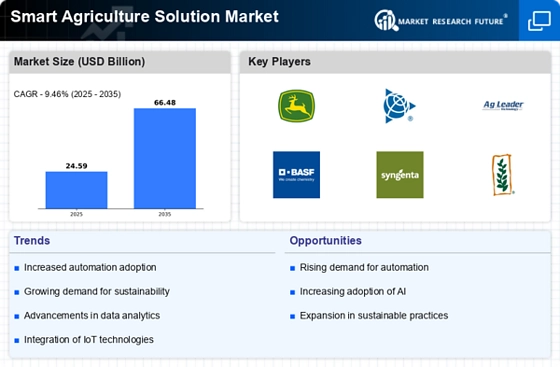
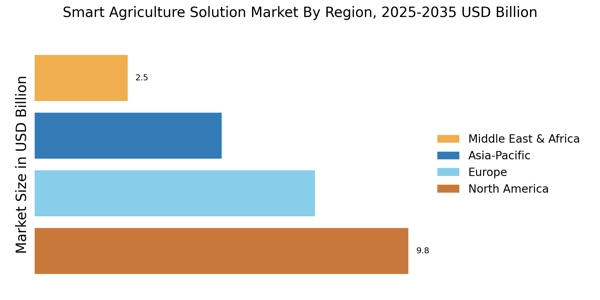
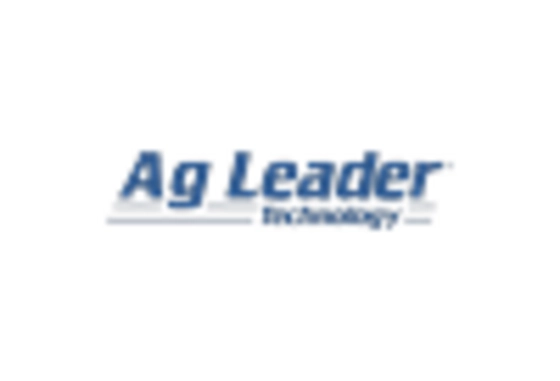

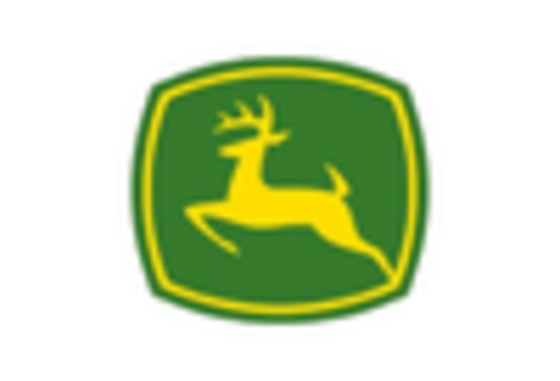

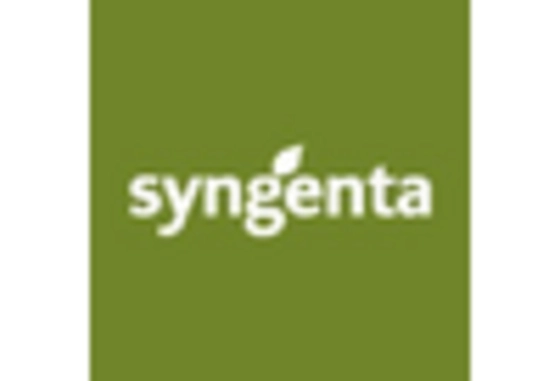
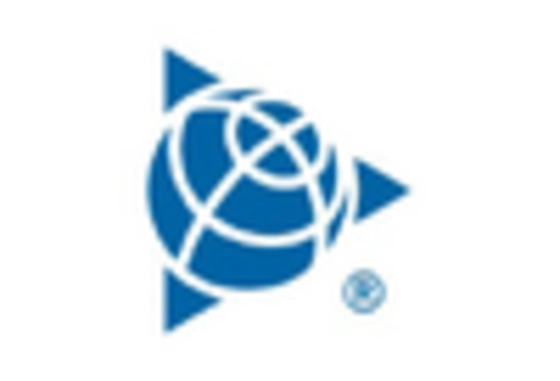








Leave a Comment